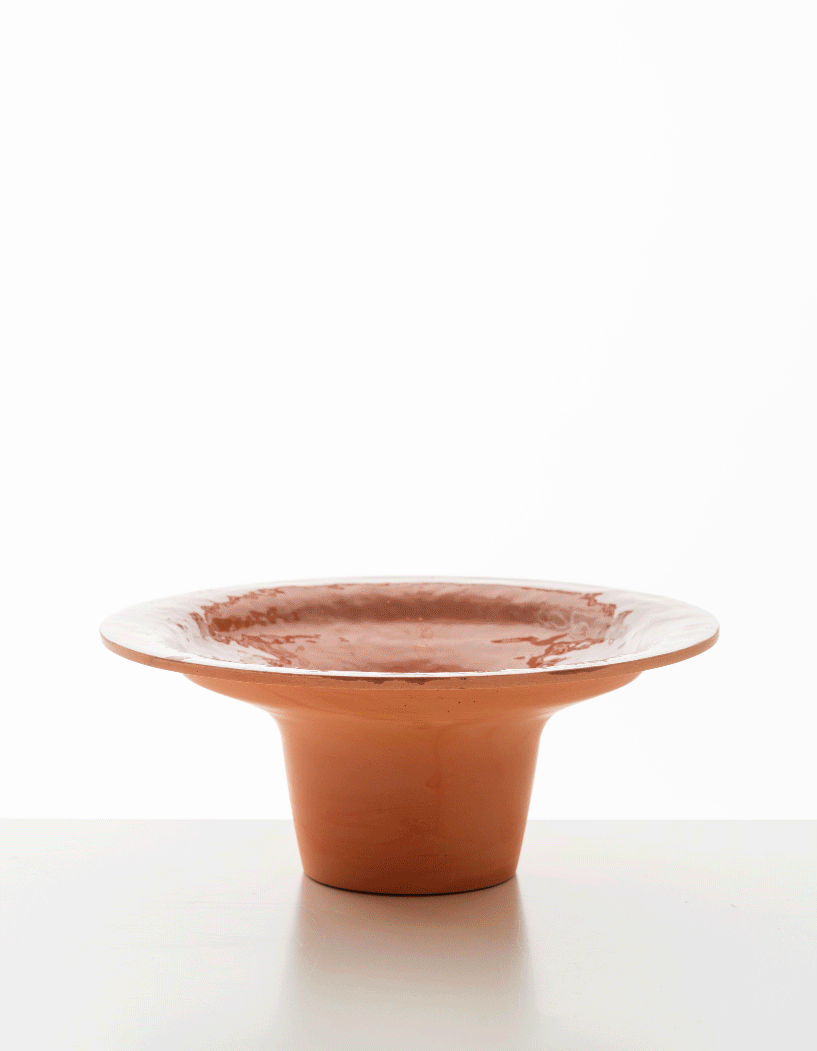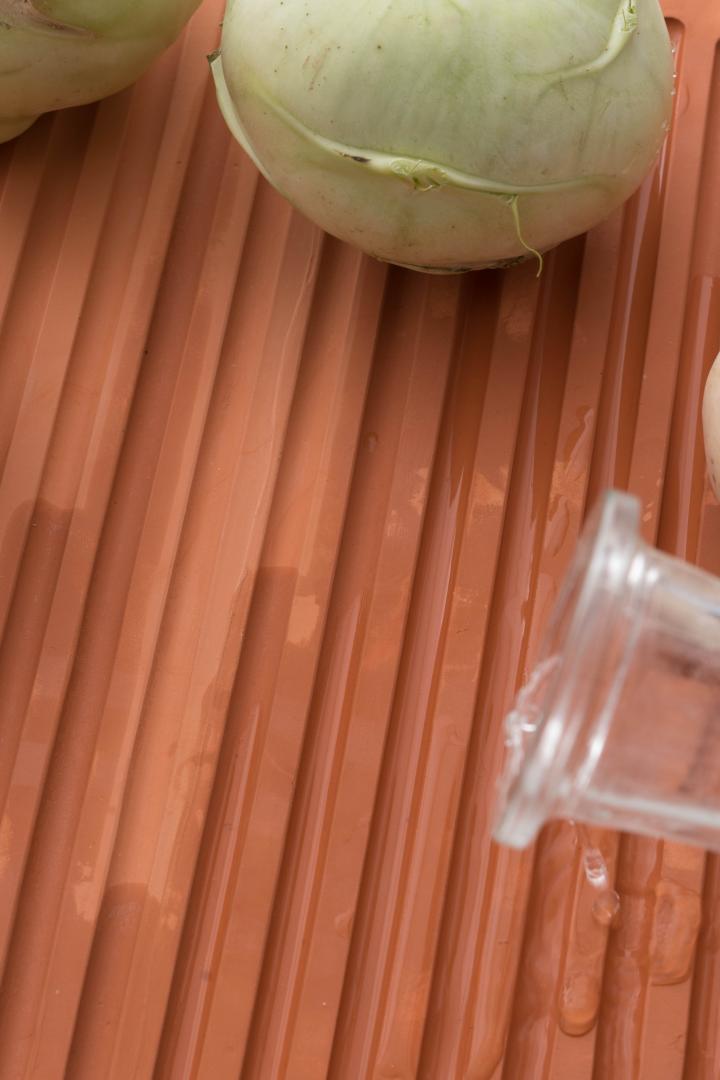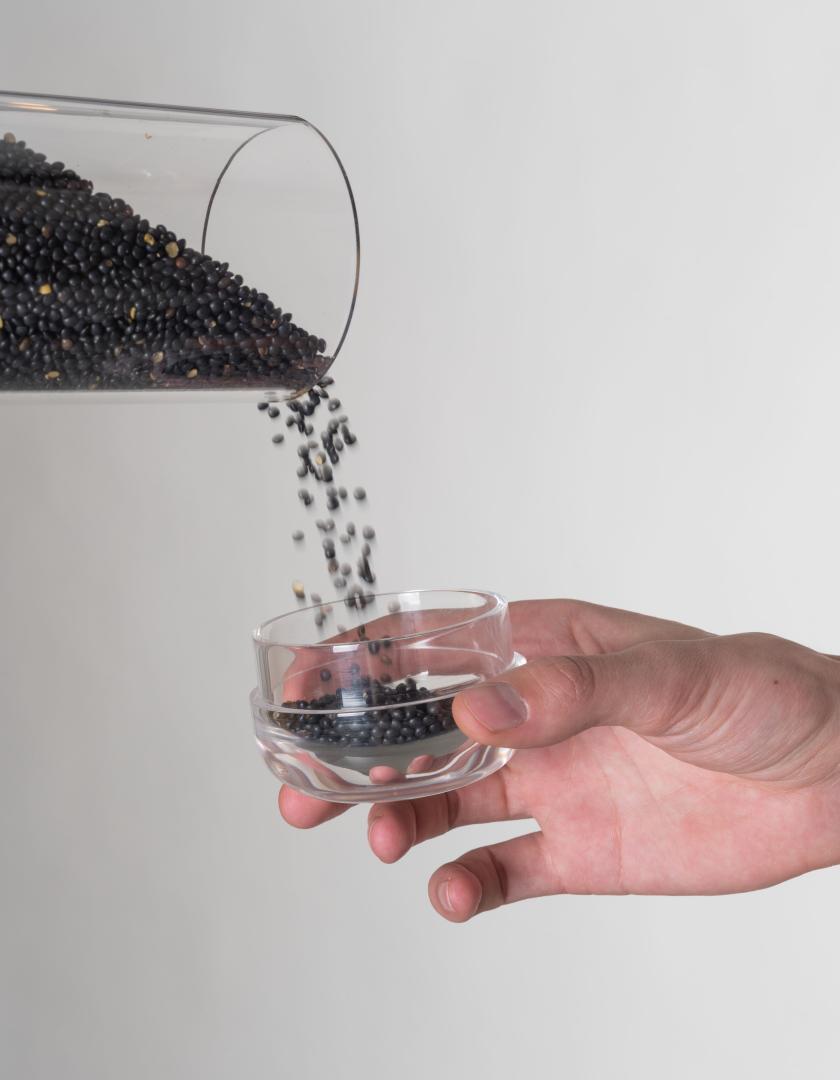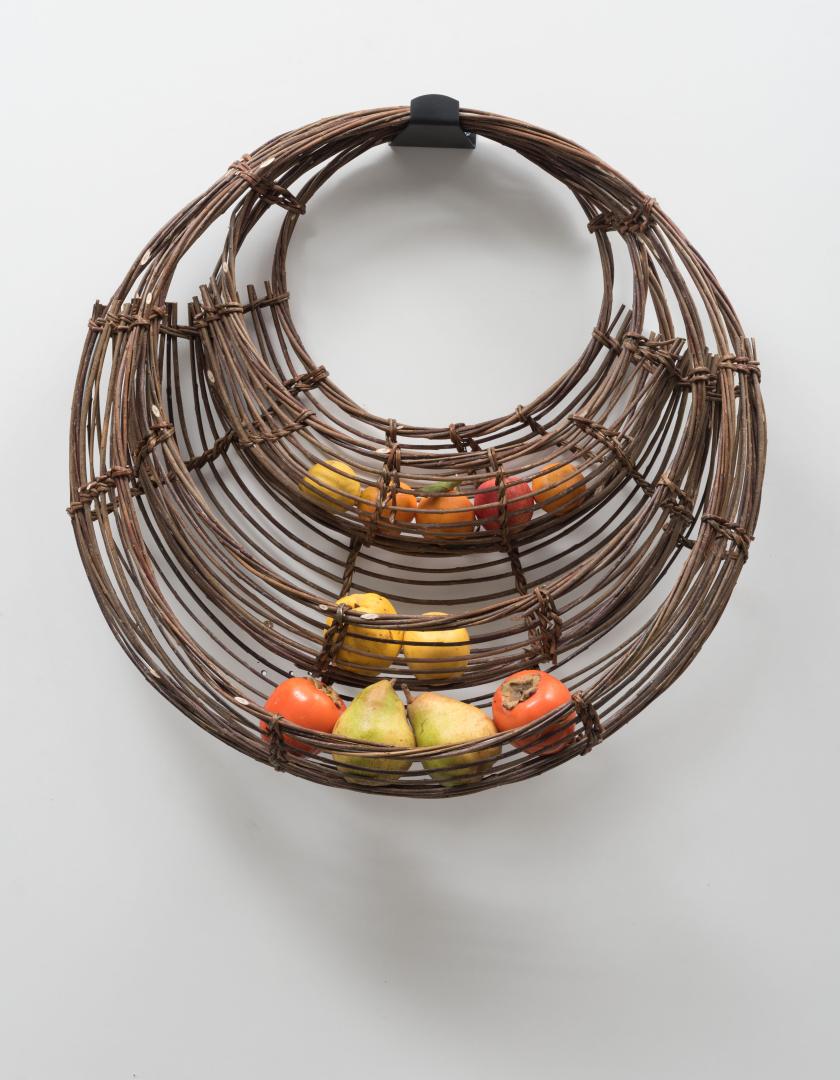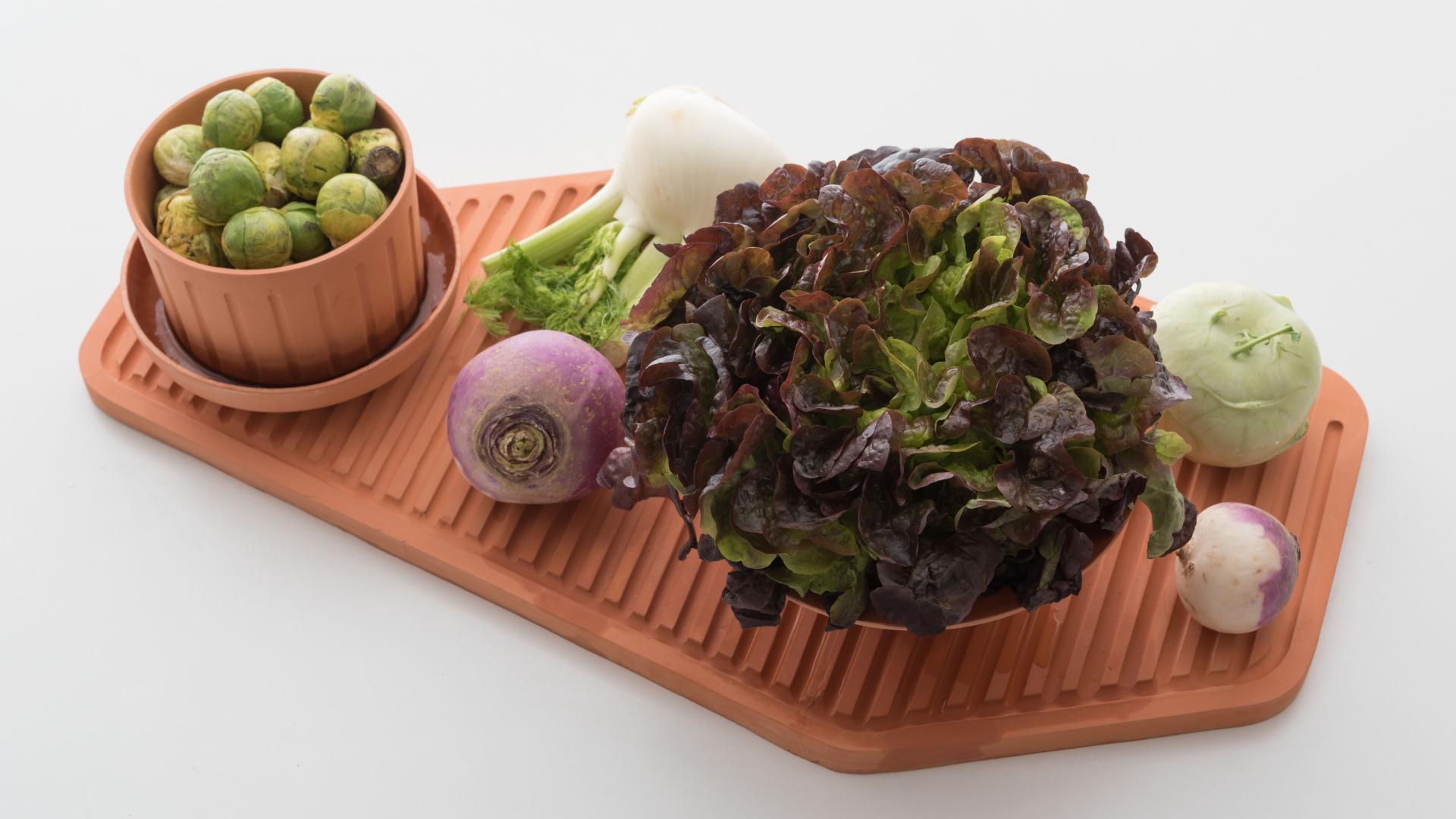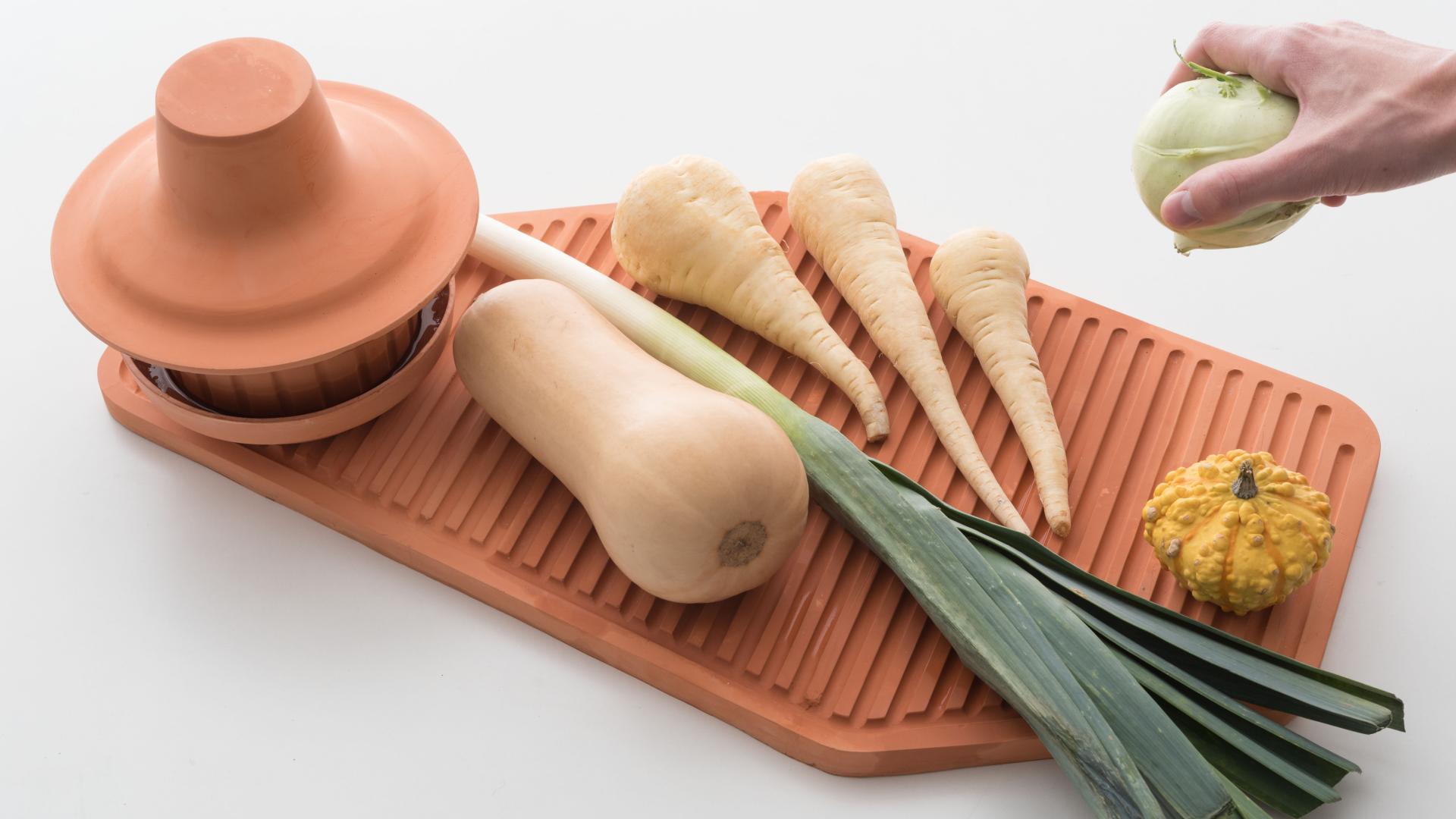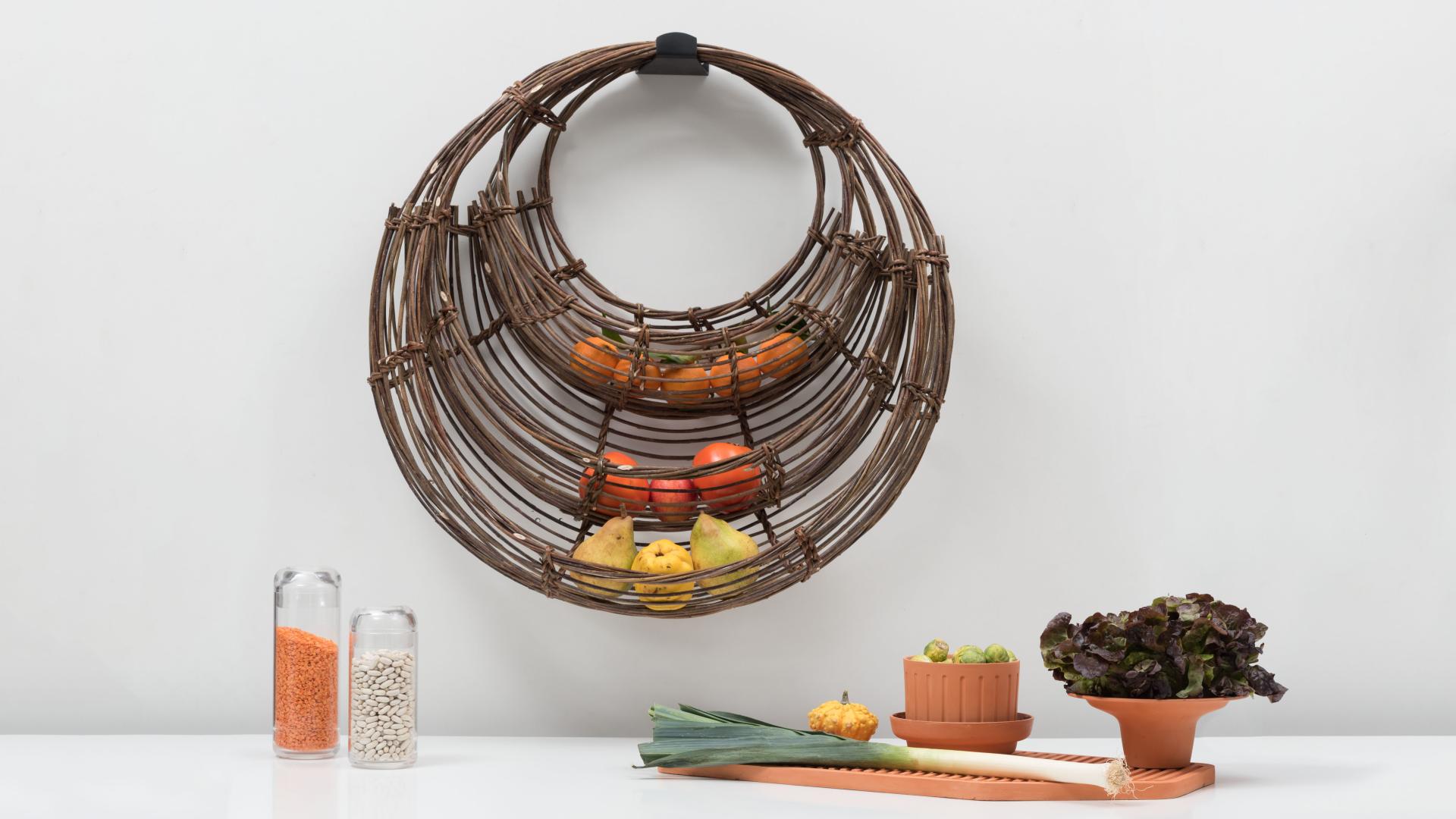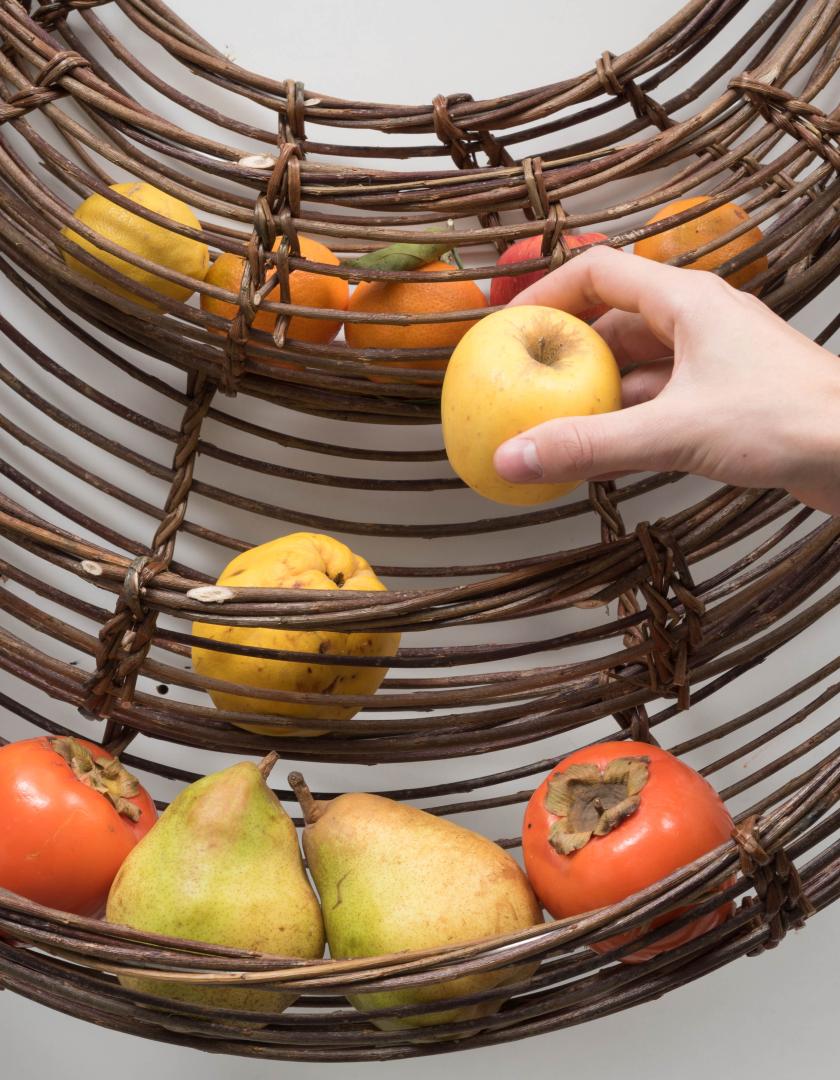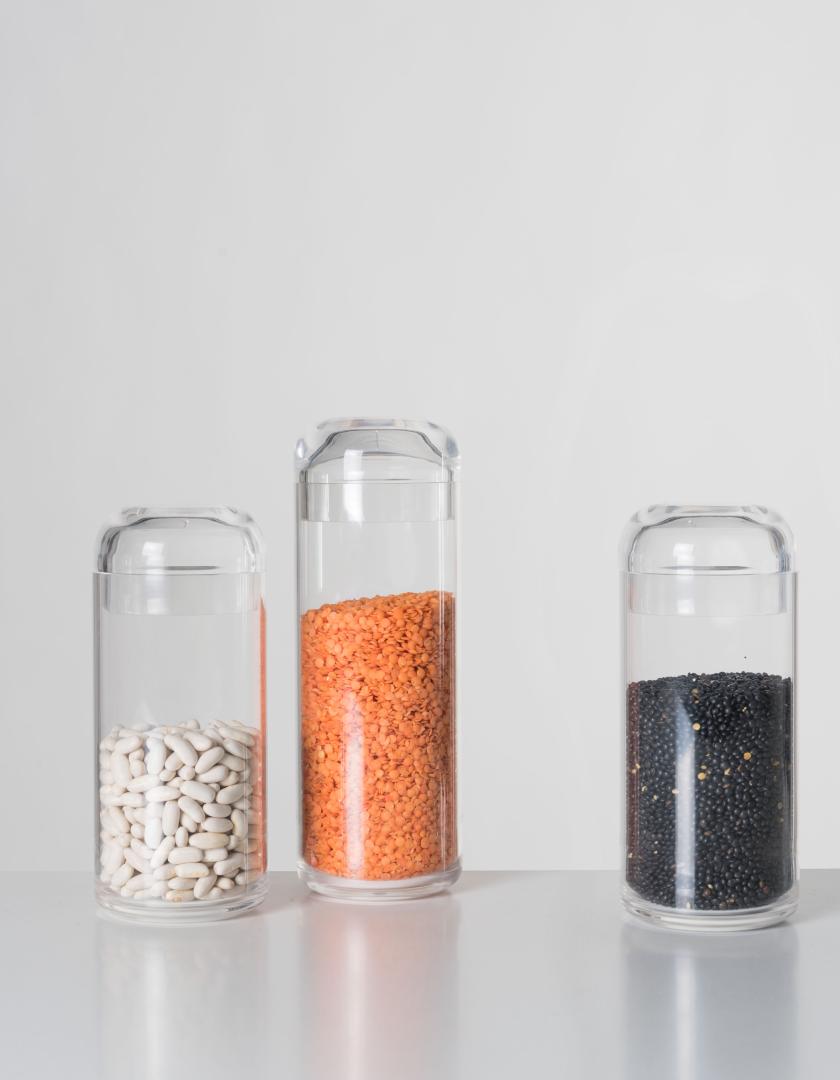Us & Coutumes - Diet
Basic information
Project Title
Full project title
Category
Project Description
How to push ourselves to eat durable food, healthy for both us and the environment? My approach is to bring back “good” food into the user’s view and make it attractive!
The objects are inspired by traditional food storage objects and famous still life paintings that used vegetables and fruits as centerpiece decorations. Food storage is not limited to the kitchen anymore, and seeing healthy products displayed beautifully makes us want to eat them more.
Project Region
EU Programme or fund
Description of the project
Summary
In a few generations our way of life changed drastically. Objects and customs developed over centuries have become obsolete. Thanks to the industrial revolution, a level of comfort never reached before appeared in every home including drinkable running water, electricity, central heating, fridges and bathrooms.
In the face of the environmental crisis our way of life must change again. We have to find a way to preserve natural resources and energy. But engaging in drastic changes is complicated, often discouraging for the user. Why not go back to basics? By rediscovering forgotten traditional uses, “Us & coutumes" encourages the change of our most personal, ingrained and polluting habits. Tackling our diet, I aim to offer a progressive and positive view on changes toward durable habits.
My goal is to invite people to eat durable food, healthy for both ourselves and the environment, as defined in the French government study Afterres 2050. Diet is the habit that has the most impact on our environmental footprint. By eating locally, much less animal products and from environmentally friendly sources, we can reshape an entire industry. But durable food is usually stored at the back of our cupboard and the bottom of our fridge, and since it is not part of our daily habits, when we get hungry, we simply don't think about it and go for our usual snacks.
My approach is to bring back durable food in our sight, make it attractive, in order to inspire us to eat it more. The objects are based on traditional food storage objects and famous still life paintings that used vegetables and fruits as centerpiece decorations. The set is made of a mural fruit basket, glass legumes pots and a ceramic vegetable container. Each presents the food at home, preserving them at the same time. Food storage is not limited to the kitchen anymore, and seeing those healthy products displayed beautifully makes us want to eat them more.
Diploma project from ENSCI-Les Ateliers
Key objectives for sustainability
Our dietary choices are responsible for most of our environmental footprint as individuals. Animal products use much more resources and pollutes drastically more than their plant based counterparts. Eating locally also has an impact on the entire industry allowing for environmental and social accountability, ensuring better wages and of course saving ressources from shorter transportation.
Most of us are aware of this and want to eat more durable food, be it for the environment or for health. But dietary habits are difficult to change, as they are deeply influenced and controlled by society. Our bodies also are adapted to our diet, and will not take well to abrupt change. And contrary to hyper transformed food, durable food is not addictive as it is not fat, salty or sugary, and usually needs to be prepared in order to become tasteful.
These factors create a necessary transition time where we slowly learn to cook and eat more durable food. It all starts by buying the right ingredients, but more often than not we let those go to waste. Even when we have the will to eat better, we often forget about the legumes at the back of the cupboard and the salad at the bottom of our fridge. My idea is to work on this situation by displaying healthy food in the homes and making it attractive.
The project focuses on the food described as durable in the french study AFTERRES 2050. Those are vegetables, fruits and legumes. By displaying these foods in our home we are always reminded that we need to eat them, but in a subtle way. If we get hungry we can easily reach for a fruit, when we wonder what to cook we get presented to all our vegetables first! The fruit basket, vegetable ceramics and legume glass container are all adapted to keeping the food. They can be produced locally and last for generations.
Those storage objects gently confront us with the durable food we want to eat, helping us to slowly transition into a healthier and more sustainable lifestyle.
Key objectives for aesthetics and quality
Habits are extremely hard to change, especially if the change is seen as a decrease in lifestyle’s quality. My idea was to provide tools that would make implementing new habits easy, allowing for a smooth transition into a more sustainable lifestyle. To make objects that would make us want to use them, not only for environmental reasons, but simply because the experience they carry is attractive.
I was inspired by traditional still life paintings as well as the way food was stored before the fridge existed. Food was then not hidden behind closed doors, but each would get a specific container adapted to its need and be displayed in the home. Picture the traditional sugar pot or the coffee chest. Working on vegetables, fruits and legumes, I decided to create various containers that would bring out the beauty of durable food, while providing appropriate storage.
For the legumes, I broadcast their shapes and colors with a completely see through glass container. The lid, also in glass, can be used as a dose for easier cooking.
For the fruits, I was concerned with displaying them in a space efficient way while making sure that they were not stacked (which leads to rotting and forgetting). I designed a wall basket that would allow for a lot of storage with great air circulation, while doubling as a graphic wall decoration. Whether full or almost empty, the basket always displays the fruit beautifully, making you want to reach for it.
Finally, as vegetables come in all shapes and sizes, I worked on a centrepiece made of a plate and 3 bowls. In porous ceramic allowing for humidity regulation when wet, each piece caters to a specific type of vegetable. They can be stacked in various ways to create new compositions depending on what’s in season. This set helps to create still life paintings in our homes.
Key objectives for inclusion
Following a durable diet is central to our health and the protection of the environment. We know that our current diet relies too much on meat and overly processed food. It has been shown to create massive health issues related to obesity, diabetes and blood circulation. Moreover, we know that those pathologies affect the poorer class the most, as they base their diet on easily accessible and fast to prepare food, that usually are hyper processed and low in nutrients.
Those storage objects, by displaying food in the house, open the discussion on diet. To promote the fact that plants should be at the center of our diets, and that there are a lot of good reasons for them to be. It might inspire others to try for themselves to add more vegetables to their diet, and so on.
By promoting a durable diet, we can open the discussion on what we need to do in order to sustain the environment for the next generations. Changing diet is not an easy task, but as more people want to eat healthy locally produced plant based diets, the offer follows and those products become more available. As more and more people eat less and less meat, it becomes normal to not serve meat at every meal. Hopefully, this tends to better the quality of the food available at every level of society. This technique worked with wine in France, so why not with beef?
Innovative character
Although numerous projects exist targeting low tech food storage, very few put the focus on how the food would be presented to the consumer. But when we talk about eating vegetables, fruits and legumes, the main issue isn’t to protect them from decay (unlike meat) but indeed to make us eat them fast enough so they don’t go to waste.
This project is innovative because it takes another approach to changes, trying to find ways to make us change willingly, not only by ecological concerns, but simply through the attractivity of the food. By making durable food attractive in our homes, we make it instantly more desirable. As often in our lives, presentation is key. Vegetables, fruits and legumes are things of beauty, with marvelous shapes and colors. There is no reason to hide them behind doors.
Taking inspiration from the past, before all commodities reached our homes, as obvious as it may seem, is also quite innovative. We always consider progress as the creation of brand new things, always going forward and figuring out new technical ways to solve our issues. But those issues aren't new, especially when it concerns living a comfortable life while maintaining a low environmental impact. Generations over generations have worked on refining solutions before us, and there is no need to completely cut free from those in the name of novelty.
Environmentally friendly designs do not need to be radically innovating, they can also take the shape of a simple and seducing object that carries simple ideas over innovations.

